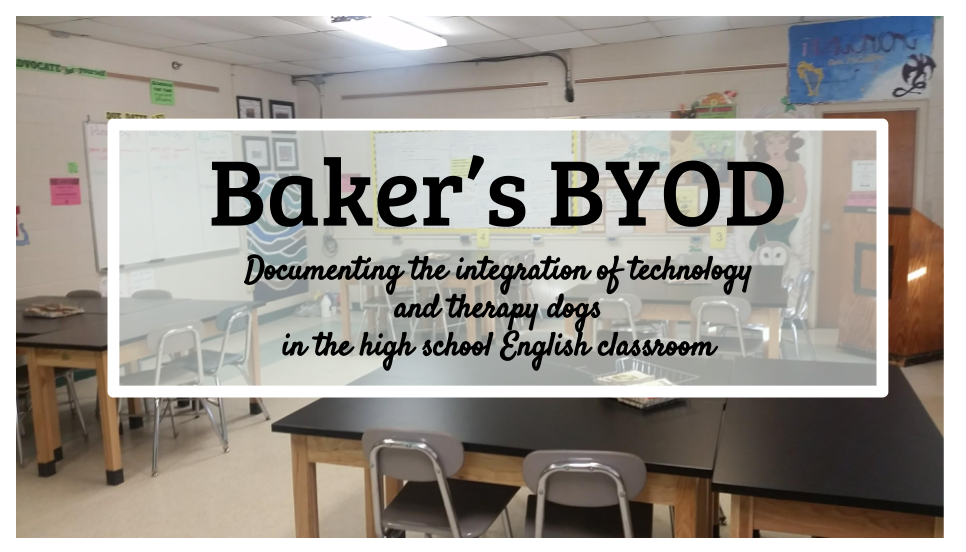 |
| My daughter boogie-ing to the surf. |
While on the beach watching my 4 & almost 6 year old daughters play in the surf and not just get knocked over for once, I was knocked over by a wave of realization: I take the beach/ocean/bay/marsh for granted. I've lived near the ocean my entire life. It has always been there and will continue to always be there. Whenever I needed a day at the beach any time of the year, I could be digging my toes in the sand in under 5 minutes. The crash of the surf, the smell of the salt, and the burn of the sun are a part of my personal life and will be part of my daughters' lives, but little have I incorporated our local ecosystem into my literature lessons.
Here's some ideas...
1. Sample sentences for grammar exercises include local information and landmarks.
2. When reading Abarat by Clive Barker and The Odyssey by Homer incorporate lessons about sailing, navigation, and other maritime info.
a. Write creative stories based on constellations
b. Read and analyze informational articles about the type of ship Odyssey sailed; create models of the ship
c. Create transformational metaphors for real life hazards (Scylla & Charybdis-esque monsters for Barnegat Inlet)
| My husband and our dog, Brody, surf fishing last fall. |
4. Research assignments are based on topics that deal with local issues. For environmental issues, cross-curricular assignments can be created for English and Science classes.
5. At home, students watch informational/news videos about the local region, such as Life on the Barnegat Bay or NBC's report on algae in the bay and practice note taking skills at home.
6. Students view local videos (example the winter fowl found near Barnegat Inlet) and write stories/scripts based on the images.
If you have any other suggestions (not just locally based for my area), please share! I'd like to generate some ideas that incorporate the use of technology and flipped techniques.

I did a whole unit on writing claim paragraphs using pictures from the Gulf Oil Spill a few years ago. I took three pictures and taught them how to look for evidence (what you see - just the objective facts), context (what's going on that's not literally said/shown), and commentary (making sense of the evidence).
ReplyDeleteThen I connected the pictures to ethos/pathos/logos (because one represented each) and had them write an essay that analysed which picture was most persuasive.
I can send you stuff I used if you want.
I love it, Cheryl! I teach speculation skills through out the year-- not creative picture prompt, but investigative observation and analysis. Your unit is write, I mean right, on! I like the link to persuasive essay writing, as well. Send it! :-)
ReplyDeleteI primarily use pictures and speculation for reinforcement of complex stories or for previews. The pictures were very effective during our Greek Mythology, Odyssey unit. I used the pictures as previews for the action packed parts and then for reinforcement of comprehension after reading. I use a variety of translations and for the more difficult versions, students take part in a matching game: look for context clues in the excerpt and match it to the corresponding picture. Many of my lower level students were then less anxious in tackling the tougher translations. If you ever need anything on The Odyssey, let me know, I have lots and lots and lots to share!